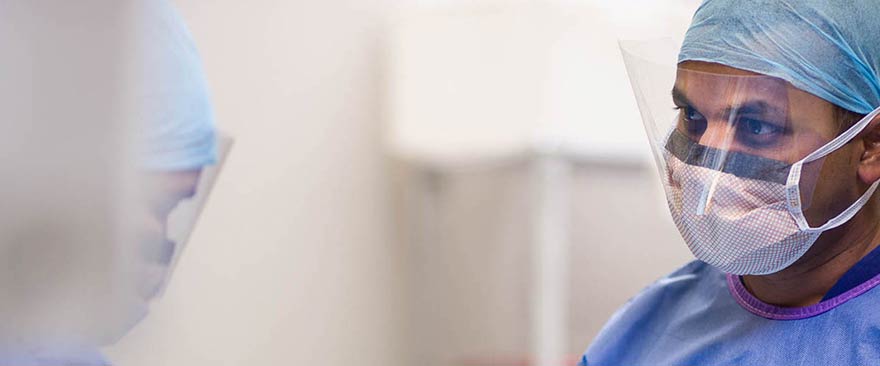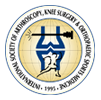The nervous system carries messages from various parts of the body to the brain and vice-versa (although technically some 'hardwired' reflexes within the nervous system do not involve the brain). It includes a number of different of nerves and the spinal cord.
Where nerves are compressed, symptoms appear at the part of the body supplied by those nerves. Nerve compression, also referred to as 'nerve compression syndrome', or 'compression neuropathy, or 'entrapment neuropathy', is commonly known as a 'trapped nerve'.
Nerve compression is classified according to which nerves and which parts of the body are affected. Common nerve compression syndromes include:
- Carpal tunnel syndrome, which occurs in the wrist and affects the hand. It affects the median nerve.
- Cubital tunnel syndrome which occurs at the elbow and affects the lower arm and hand. It affects the ulnar nerve.
- Cervical radiculopathy, which is where pressure on a nerve root impacts sensation in the upper limbs (shoulder and arm).
- Lumbar radiculopathy, which is where pressure on a nerve root impacts sensation in the lower limbs (leg and foot), also known as sciatic nerve pain.
Carpal tunnel syndrome surgery
Carpal tunnel syndrome is one of the commonest compression neuropathies.







